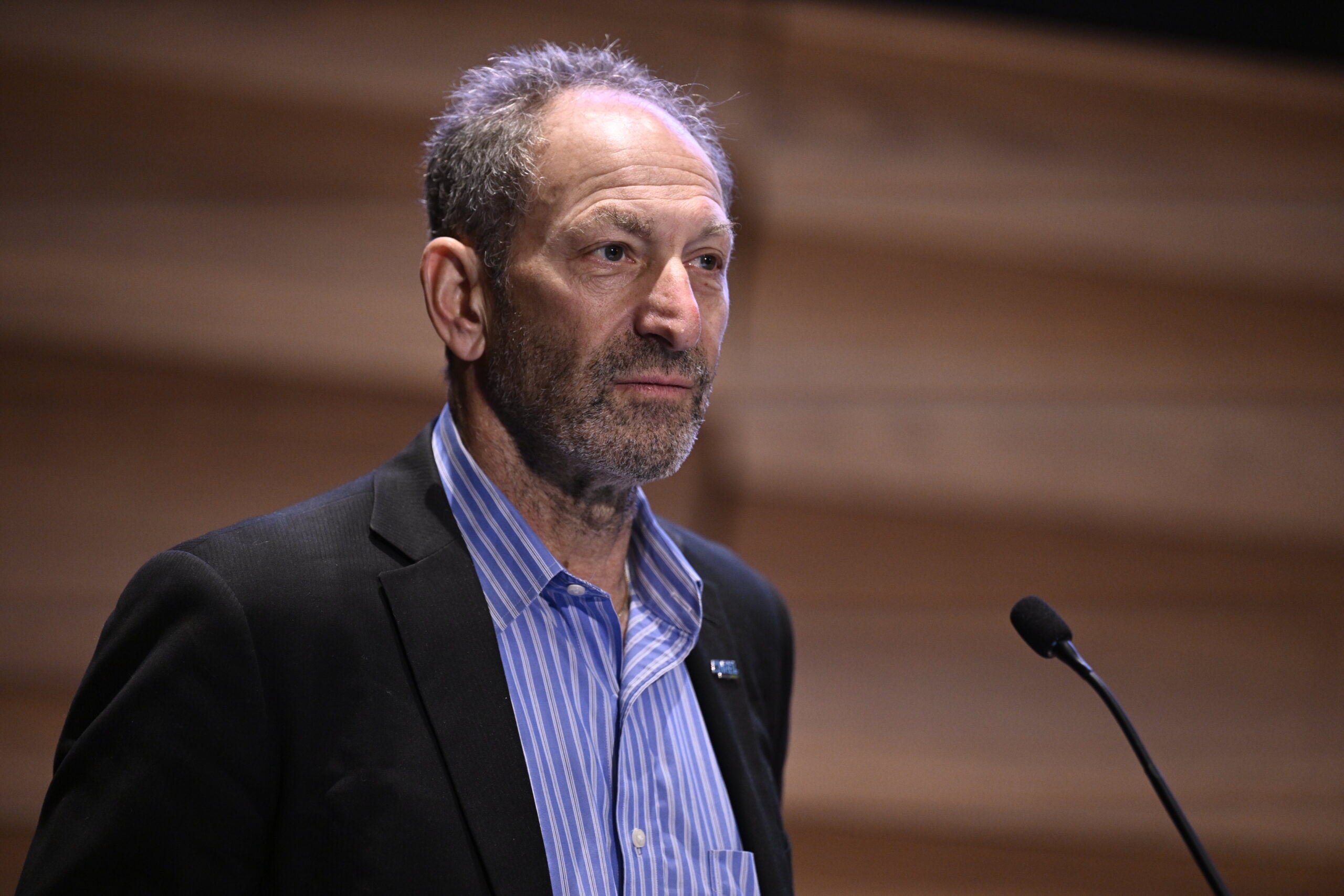Open Sustainability Policy Summit Recap and Video: Advancing Energy-Economic-Climate Modeling: Establishing a Community Platform
In his keynote at the Open Sustainability Policy Summit (OSPS) 2024, Doug Arent, Executive Director of Strategic Public-Private Partnerships at the National Renewable Energy Laboratory (NREL), shared his vision on the future of energy-economic-climate modeling (video follows below). His presentation, titled “Advancing Energy-Economic-Climate Modeling: Establishing a Community Platform,” highlighted the critical need for collaborative efforts and open data sets to tackle the complexities of our global energy transition. Key highlights follow.
1. The Importance of a Community Platform
Arent emphasized the necessity of creating a community platform to advance energy-economic-climate modeling. This platform should leverage open data sets, enabling researchers, policymakers, and stakeholders to collaborate effectively. By pooling resources and expertise, the community can drive innovation at the speed and scale required to address the urgent challenges posed by climate change.
2. Understanding the Threefold Challenge
The energy transition challenge comprises three main components:
- Bold Ambitions: Global commitments like the Paris Agreement set ambitious goals for reducing carbon emissions and increasing the use of renewable energy.
- Scientific Problem Statements: Reports from the Intergovernmental Panel on Climate Change (IPCC), particularly the AR6 report, outline the scientific challenges we face.
- Operational Goals: These include tripling renewable energy capacity, doubling energy efficiency, and significantly decarbonizing the power sector.
3. Future Energy Systems and Investment Needs
The transition to a sustainable energy future will require an estimated $120-150 trillion investment over the next 25 years. Arent presented a vision of future energy systems dominated by renewable power, with a significant reduction in reliance on unabated fossil fuels. He highlighted the business opportunities and challenges, such as managing stranded assets and integrating various energy sources into a coherent system.
4. The Role of Cities and Governance
Cities play a crucial role in the energy transition. They are complex systems with interconnected energy, water, and mobility networks. Effective governance and strategic planning at the city level are essential for successful transitions. Arent emphasized the need for clear communication and simplified models to help city planners and policymakers make informed decisions.
5. Interdisciplinary and Interoperable Approaches
The energy transition requires interdisciplinary collaboration and interoperable tools. Arent advocated for an architectural approach, similar to the community Earth system modeling consortia, where various modules and tools interact seamlessly. This method ensures comprehensive and holistic modeling capabilities, enabling better planning and investment decisions.
Looking Forward
Arent concluded with a call to action, urging the modeling community to work together over the next 20 years to accelerate the energy transition. He stressed the importance of implementing at scale, innovating rapidly, and engaging with a broad range of stakeholders to ensure sustainable and reliable energy solutions.
By embracing open source frameworks and interdisciplinary approaches, we can build a robust community platform that drives forward the energy-economic-climate modeling field, helping us navigate the complexities of the energy transition and achieve our global sustainability goals.
